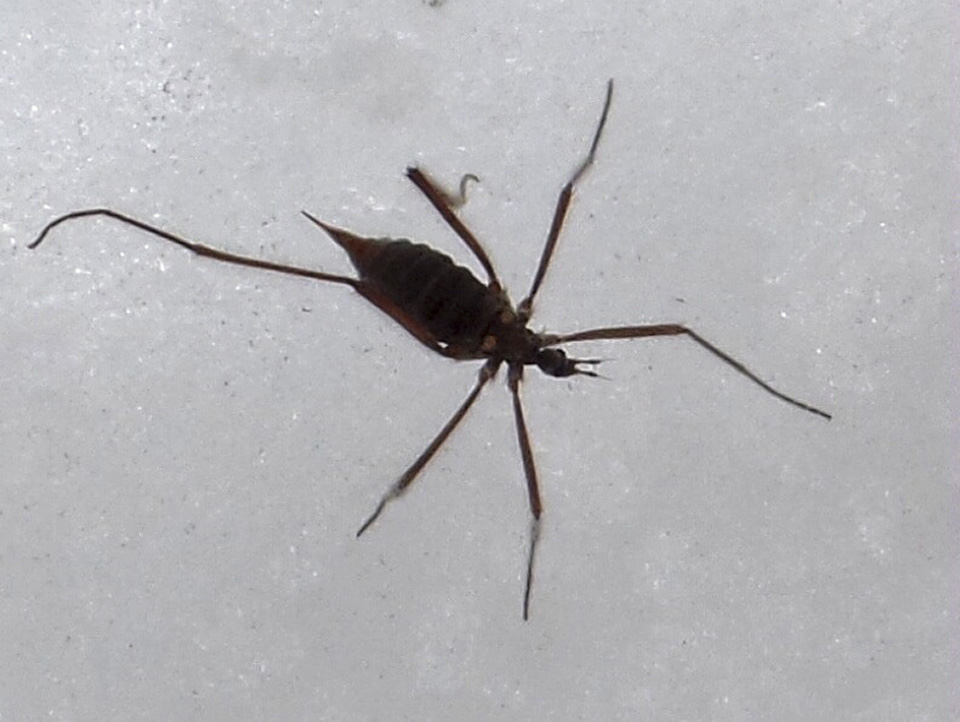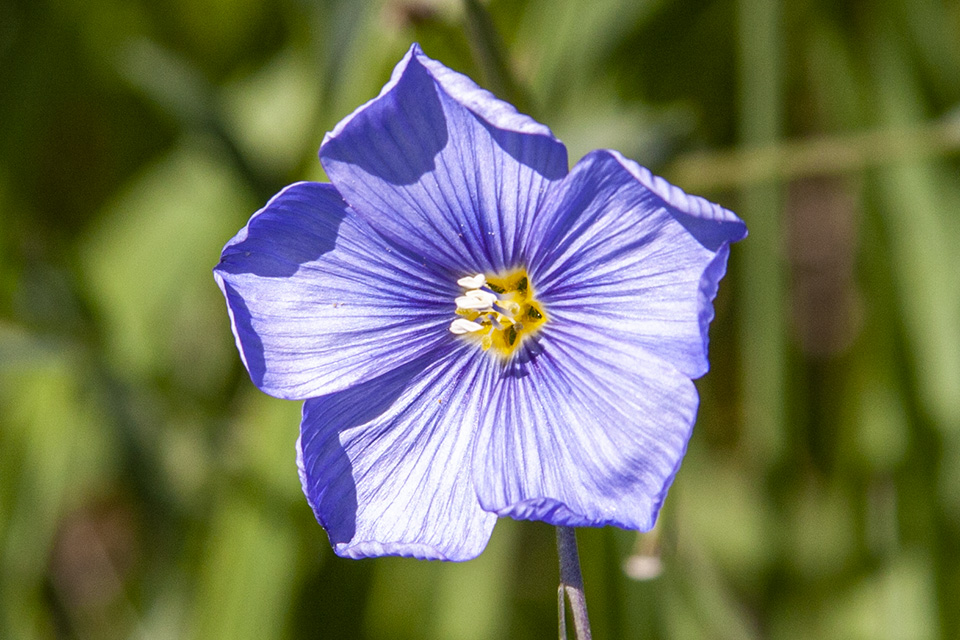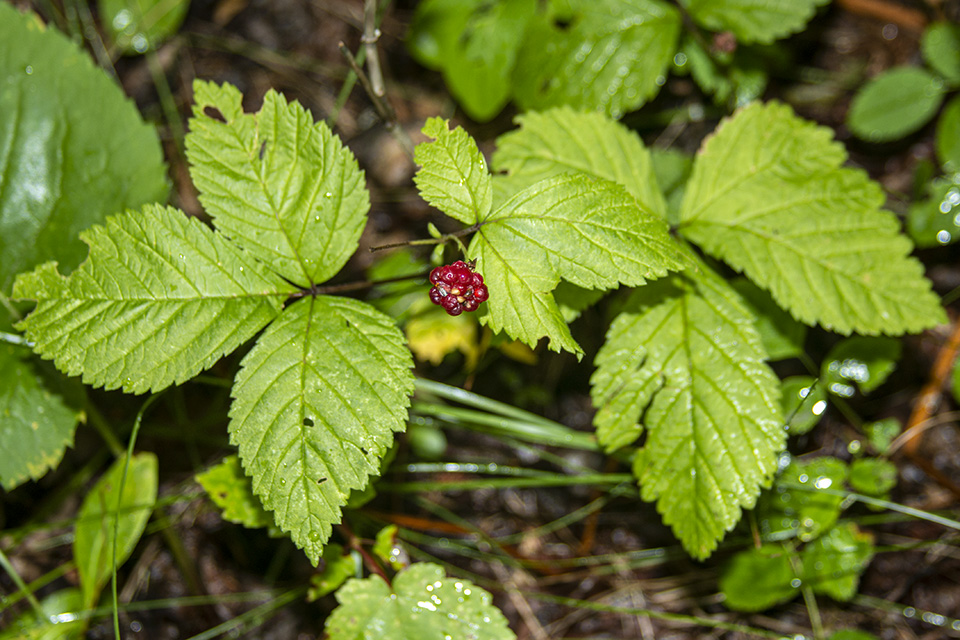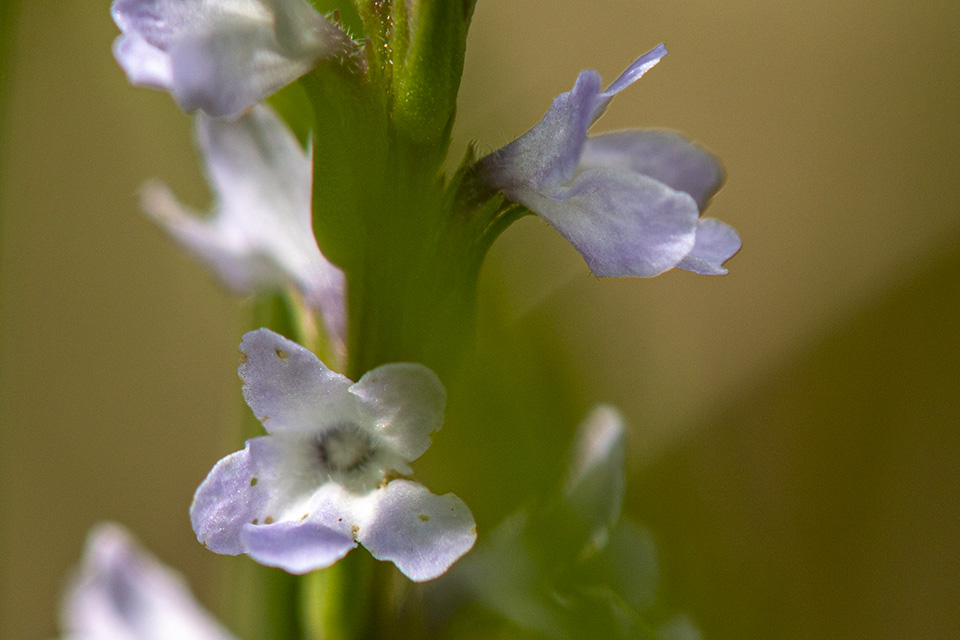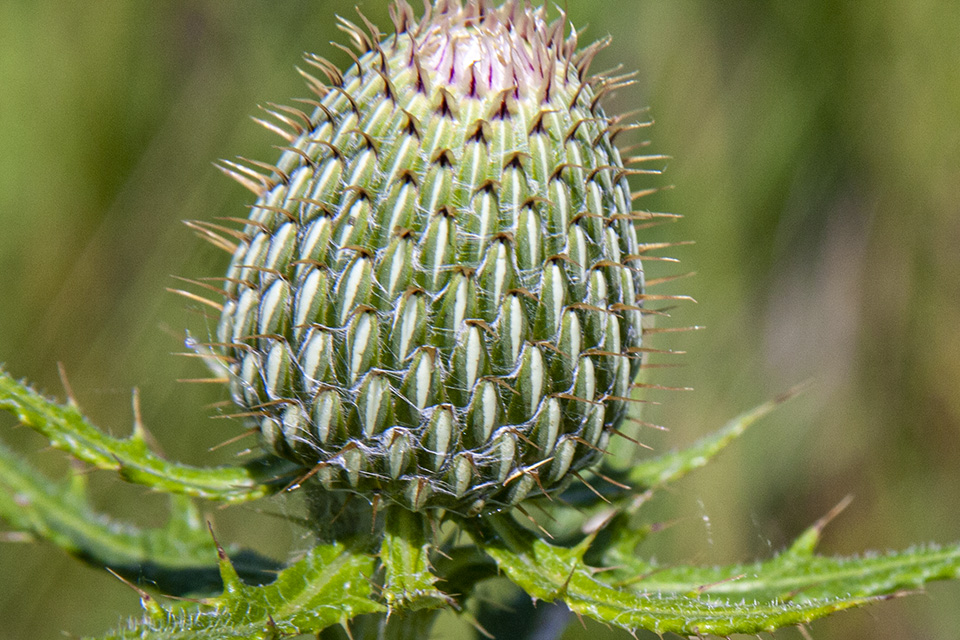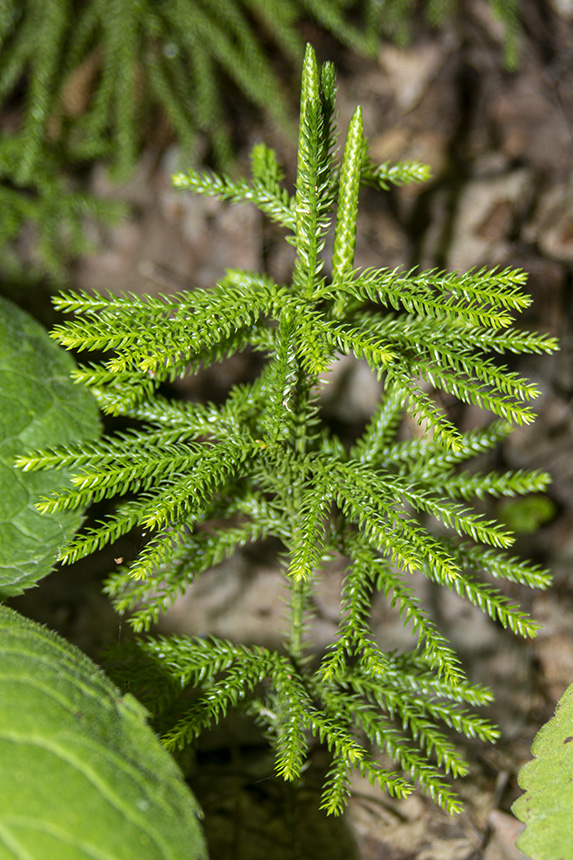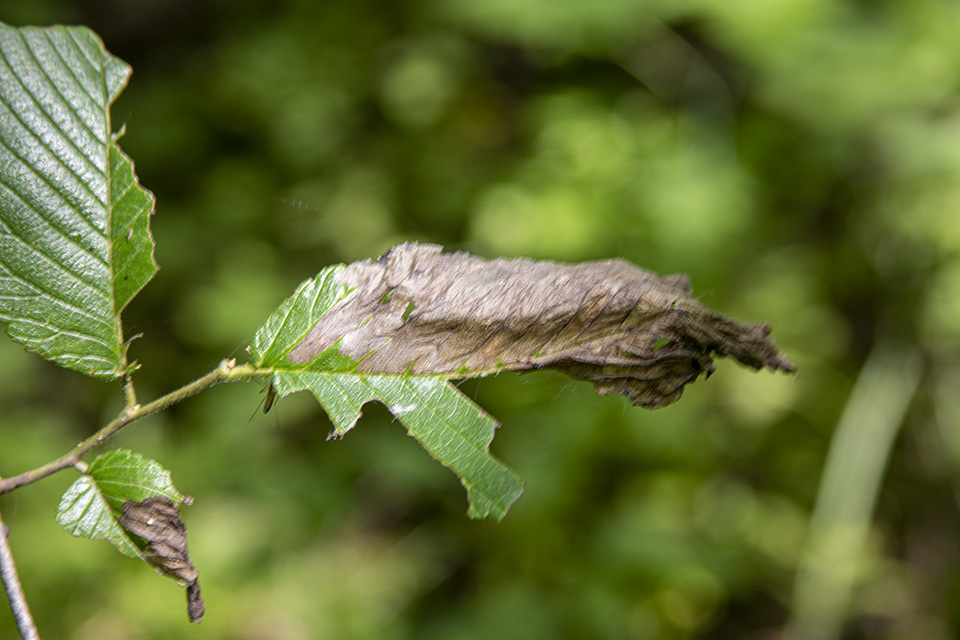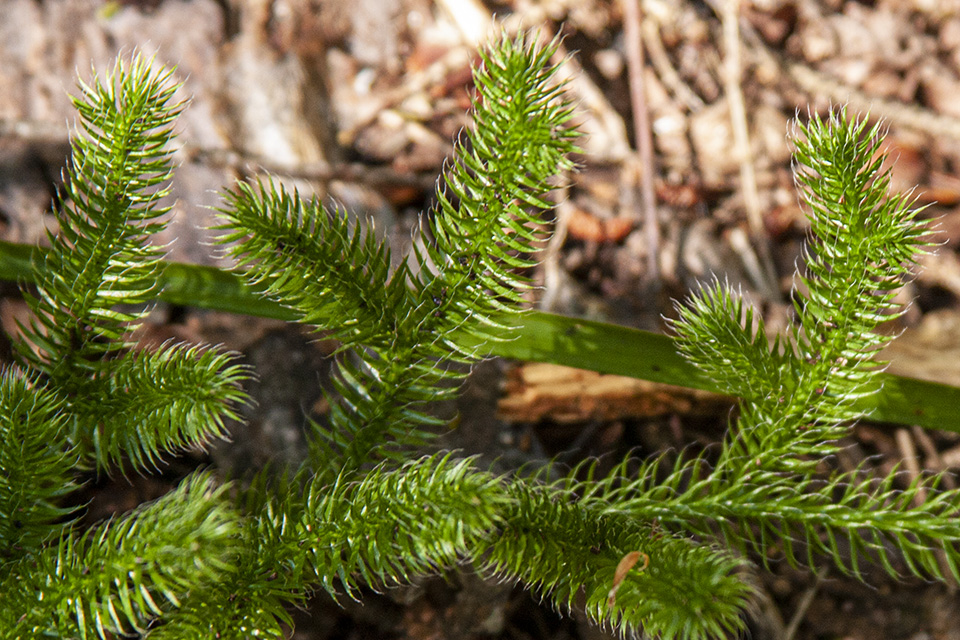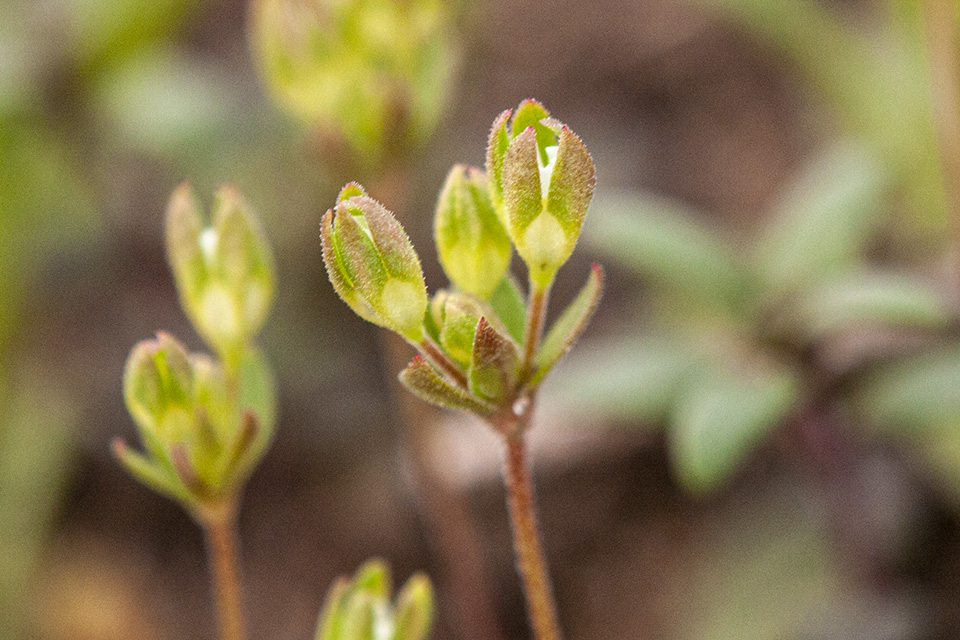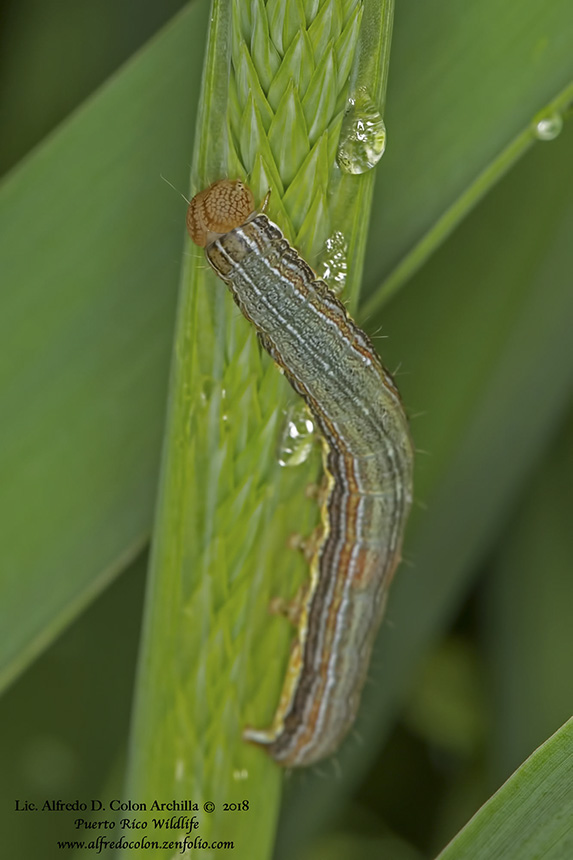
Armyworm moth (Mythimna unipuncta), also called true armyworm and the white speck. is a migratory wainscot moth. It is medium-sized for a moth, large for a wainscot moth. It occurs in Europe, northern Africa, Iceland, North America, Central America, and northern South America. It is common throughout the United States and Canada, common and sometimes abundant in Minnesota. It does not survive cold winters. Adults migrate south in the fall and a later generation disperses north in the spring. Adults are found in Minnesota from March to November. Caterpillars feed on leaves and sometimes seed heads of mostly grains and other grasses, but also many broadleaf plants close to their infestations. After defoliating a stand of plants, they will move as a group to a nearby stand and resume feeding. They are often a serious agricultural pest, especially on wheat and corn.
Armyworm moths are ¾″ to 1″ long. Their forewings are tan with dark peppering and a small but conspicuous white spot. The caterpillar is up to 2″ long.

